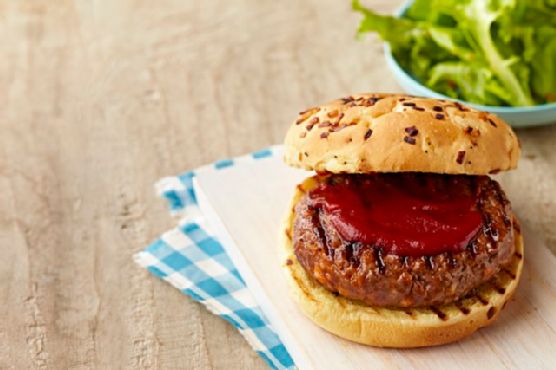Cinnamon Roll Frosting
Cinnamon Roll Frosting takes roughly 2 minutes from beginning to end. This recipe makes 1 servings with 2662 calories, 14g of protein, and 100g of fat each. For $4.12 per serving, this recipe covers 13% of your daily requirements of vitamins and minerals. It is a good option if you're following a gluten free and lacto ovo vegetarian diet. This recipe from Oh Sweet Basil requires brown sugar, heavy cream, cinnamon, and cream cheese. 31 person were impressed by this recipe. It works well as a rather expensive breakfast. Taking all factors into account, this recipe earns a spoonacular score of 33%, which is rather bad. Similar recipes include Cinnamon Roll Cake with Cream Cheese Frosting, Cinnamon Roll Muffins with Cream Cheese Frosting, and Cinnamon Roll Waffles with Bacon-Apple Frosting.
Servings: 1
Preparation duration: 2 minutes
Ingredients:
1/3 cup brown sugar
1 1/2 tablespoons of butter, melted
1/2 teaspoon cinnamon
1 8oz package of cream cheese, softened
1 tablespoon heavy cream if needed
3 cups Powdered Sugar
1/4 teaspoon vanilla
Equipment:
mixing bowl
knife
bowl
Cooking instruction summary:
In a small mixing bowl, beat the cream cheese until smooth. Add the vanilla, powdered sugar and cream if needed. In a small bowl, stir together the butter, brown sugar and cinnamon. Using a spoon, drop dollops of the brown sugar mixture into the frosting and using a knife, gently swirl it through. Enjoy!
Step by step:
1. In a small mixing bowl, beat the cream cheese until smooth.
2. Add the vanilla, powdered sugar and cream if needed. In a small bowl, stir together the butter, brown sugar and cinnamon. Using a spoon, drop dollops of the brown sugar mixture into the frosting and using a knife, gently swirl it through. Enjoy!
Nutrition Information:
covered percent of daily need
Related Videos:
Cinnamon Roll Cake Recipe - with cream cheese frosting















